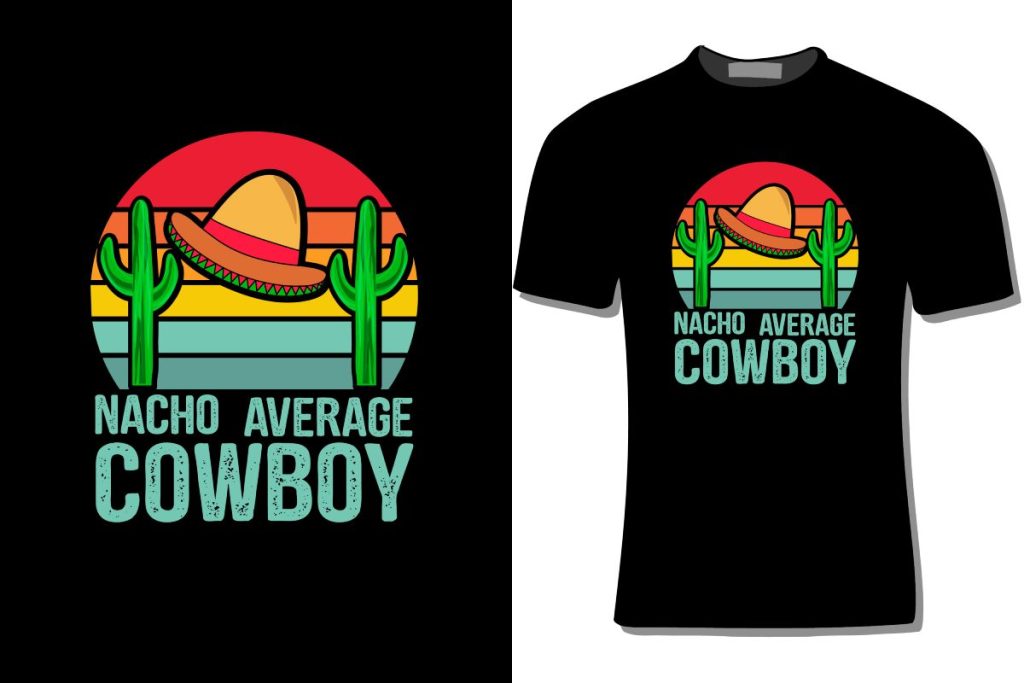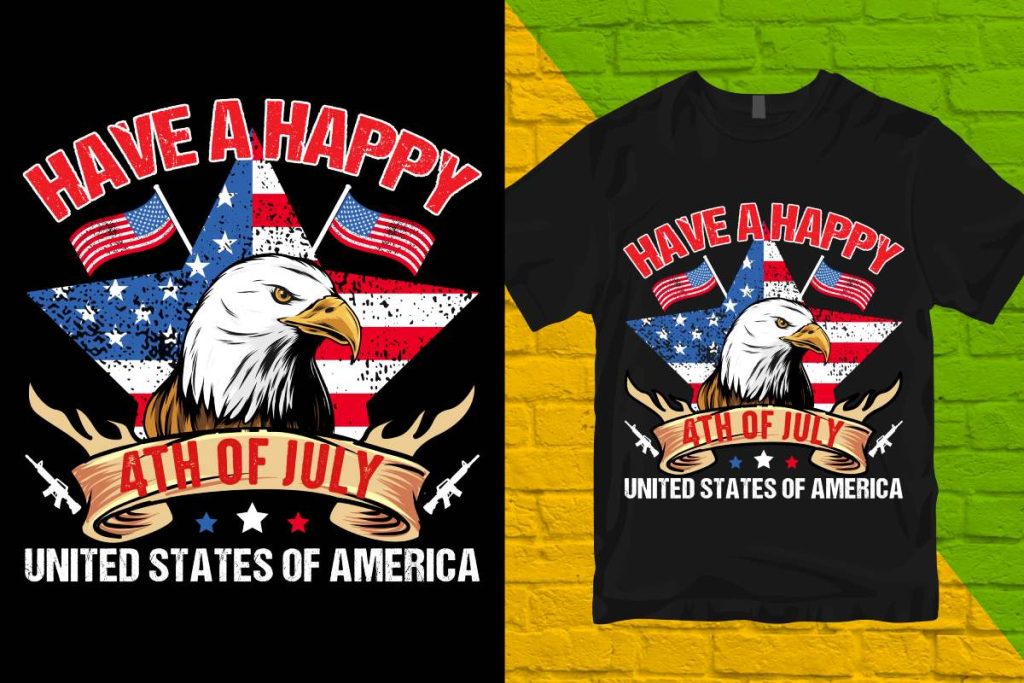UV DTF printing is revolutionizing the way we think about modern printing techniques, offering a cutting-edge alternative to traditional printing methods like screen printing and offset printing. This innovative technology utilizes ultraviolet light to cure ink onto various surfaces, resulting in vibrant colors and sharp details that stand out. Unlike traditional printing techniques, which can be limited by setup times and material constraints, UV DTF printing provides an environmentally friendly option that reduces harmful emissions. As businesses look for efficient solutions that cater to their diverse printing needs, the advantages of UV DTF become increasingly appealing. Join us as we explore the capabilities and benefits of UV DTF printing compared to conventional methods.
In the dynamic landscape of print technology, UV DTF printing is drawing attention for its unique advantages, standing alongside traditional methods such as offset and screen printing. This direct-to-film process represents a modern solution tailored for high-quality outputs on a variety of materials. As we navigate through the intricacies of print options, terms like digital printing and sustainable techniques also enter the conversation, reflecting the evolving industry standards. By examining both UV DTF and the norms of classic printing solutions, we can uncover insights that help businesses make informed and strategic decisions in their production choices.
The Advantages of UV DTF Printing Over Traditional Methods
UV DTF printing presents several advantages over traditional printing techniques, particularly in terms of print quality and versatility. This modern approach utilizes UV light to instantly cure the ink as it is printed, resulting in high-resolution images that boast vibrant colors and intricate designs. Unlike traditional printing methods, which may suffer from issues such as fading or ink bleeding, UV DTF prints maintain their quality over time, making them perfect for a variety of applications — from promotional materials to durable labels.
Furthermore, UV DTF printing can effectively cater to diverse substrates, including textiles and rigid surfaces, making it a preferred choice for custom designs. Businesses benefit from this flexibility as it allows for creative expression in their branding. In contrast, traditional methods like screen or offset printing may be limited in the materials they can handle, making UV DTF a superior option for many innovative projects.
Understanding Traditional Printing Methods
To appreciate the full picture of modern printing technologies, it’s essential to understand traditional printing methods such as screen printing, offset printing, and digital printing. Screen printing is renowned for its ability to produce bold graphics that are ideal for apparel and promotional items, but it can often be limited when it comes to color gradients and fine details. On the other hand, offset printing is favored for large volume jobs, providing high quality at a lower cost per unit as the scale of production increases.
Digital printing has emerged as a versatile alternative, offering quick turnaround times and the ability to print directly from digital files. Though it doesn’t match the high volume efficiency of offset printing, it excels in flexibility and customization. Each traditional printing method has its own set of strengths and weaknesses, which can impact the final product significantly, making it crucial for businesses to select the appropriate technique based on their specific needs.
Quality Comparison: UV DTF vs. Traditional Techniques
When assessing print quality, UV DTF holds a distinct advantage due to its advanced technology that ensures vibrant colors and precise details. The immediate curing process locks in the ink, protecting prints from fading, scratching, or smudging over time. This durability is particularly beneficial for outdoor applications, where exposure to the elements can be harsh. On the contrary, traditional methods may produce stunning results but often at the cost of consistency and long-term durability, particularly with screen printing, which can struggle with fine details.
On the quality meter, offset printing does excel in producing high-quality results for bulk orders, yet it lacks the instant gratification and versatility that UV DTF offers. Businesses looking for high-quality, lasting prints often find themselves leaning towards UV DTF printing for a reliable and spectacular end product that meets modern advertising and branding needs.
Evaluating Production Speed and Efficiency
In the realm of production speed, UV DTF printing shines brightly as it significantly minimizes setup time and response time for short-run jobs. This makes it an appealing choice for businesses that operate in fast-paced markets where time is of the essence. The ability to produce high-quality prints quickly allows companies to meet consumer demands effectively without compromising on quality.
Conversely, traditional printing methods often require extensive setup processes that can bog down production, especially with screen and offset printing. For businesses that prioritize quick turnaround times, UV DTF represents a paradigm shift toward efficiency that could lead to greater customer satisfaction.
Moreover, the time savings associated with UV DTF printing translate into lower labor costs and faster delivery timelines, making it an economically sound choice for businesses focusing on scalability and adaptability.
Cost-Effectiveness: A Comparison of Techniques
When it comes to cost considerations, UV DTF printing typically demands a higher initial investment in equipment and technology. However, this setup proves beneficial in the long run, particularly for businesses that frequently require short-run jobs. Reduced material waste and rapid production capabilities aid in offsetting those initial costs, positioning UV DTF as a financially viable option for companies focusing on high-quality, customized products.
In contrast, traditional printing methods, especially screen and offset printing, favor bulk orders due to their cost structure, which may appear financially advantageous for large runs. However, the hidden costs of longer setup times and potential material waste can raise the per-unit cost, making it less appealing for smaller projects. Evaluating the financial implications of each printing method is crucial for smart business decisions.
The Environmental Impact of Printing Techniques
The environmental considerations of printing technologies cannot be overlooked, particularly in today’s eco-conscious market. UV DTF printing is gaining recognition for its environmentally friendly approach, as it utilizes less harmful inks and minimizes the emission of volatile organic compounds (VOCs). This positions it as a preferred choice for businesses looking to reduce their ecological footprint while benefiting from advanced printing capabilities.
On the other hand, traditional printing methods pose greater challenges regarding environmental sustainability, particularly with techniques that utilize plastisol inks. While improvements have been made, many traditional methods still release harmful chemicals into the ecosystem. Fortunately, advances within the traditional printing domain, such as the adoption of eco-friendly inks, are gaining traction and creating a shift toward greener practices across the industry.
Frequently Asked Questions
What makes UV DTF printing a preferred choice over traditional printing methods?
UV DTF printing is favored over traditional methods like screen and offset printing due to its ability to deliver vibrant, high-resolution prints quickly. The ink cures instantly under ultraviolet light, resulting in durable and scratch-resistant designs, making it ideal for a wide range of materials.
How does UV DTF printing compare to screen printing in terms of quality and detail?
UV DTF printing offers superior quality and intricate detail compared to screen printing. While screen printing can produce bold designs, it often struggles with fine details due to its thick ink layers. In contrast, UV DTF provides high-resolution images that are less prone to fading or scratching.
Is UV DTF printing an environmentally friendly option compared to traditional printing methods?
Yes, UV DTF printing is considered more environmentally friendly than many traditional printing methods, particularly screen printing that uses plastisol inks. UV DTF employs less harmful inks that emit fewer volatile organic compounds (VOCs), contributing to a cleaner production process.
What are the key cost advantages of using UV DTF printing over traditional printing methods for small runs?
While UV DTF printing may require a higher initial investment, it becomes cost-effective for small runs due to reduced material waste and faster production speeds. Traditional methods, like screen and offset printing, involve significant setup costs that can inflate per-unit prices for smaller jobs.
Can UV DTF printing handle both small and large production runs effectively compared to digital printing?
Yes, UV DTF printing is highly efficient for both small and large production runs. Its quick setup and fast curing process allow businesses to fulfill on-demand printing requests effectively, similarly to digital printing, but with added durability and vibrant print quality.
What are the durability benefits of UV DTF printing when compared to offset printing?
UV DTF printing excels in durability compared to offset printing, as the cured inks resist fading, scratching, and wear over time. This makes UV DTF an excellent choice for applications requiring long-lasting prints, particularly in outdoor and industrial environments.
| Aspect | UV DTF Printing | Traditional Printing Methods |
|---|---|---|
| Quality of Prints | High-resolution images; vibrant and durable | Varies; effective but less precise for fine details |
| Durability | Scratch-resistant; long-lasting due to cured inks | Can be durable but less precise with intricate designs |
| Production Speed | Fast, suitable for small runs and on-demand needs | Slower due to long setup times, especially in screen/offset printing |
| Cost Considerations | Higher initial cost but efficient for short runs | More cost-effective for large runs, but higher per-unit costs for small jobs |
| Environmental Impact | Lower VOC emissions; eco-friendly inks used | More harmful chemicals; advancements in sustainability underway |
Summary
UV DTF printing is revolutionizing the printing industry with its innovative technology that caters to both quality and efficiency. As businesses continue to seek high-quality, customizable printing solutions, UV DTF emerges as a leading contender. The ability to produce vibrant, durable prints quickly and sustainably positions UV DTF printing ahead of traditional methods. Therefore, for those looking to enhance their printing capabilities, UV DTF printing offers a compelling option that meets modern demands while also prioritizing environmental concerns.



